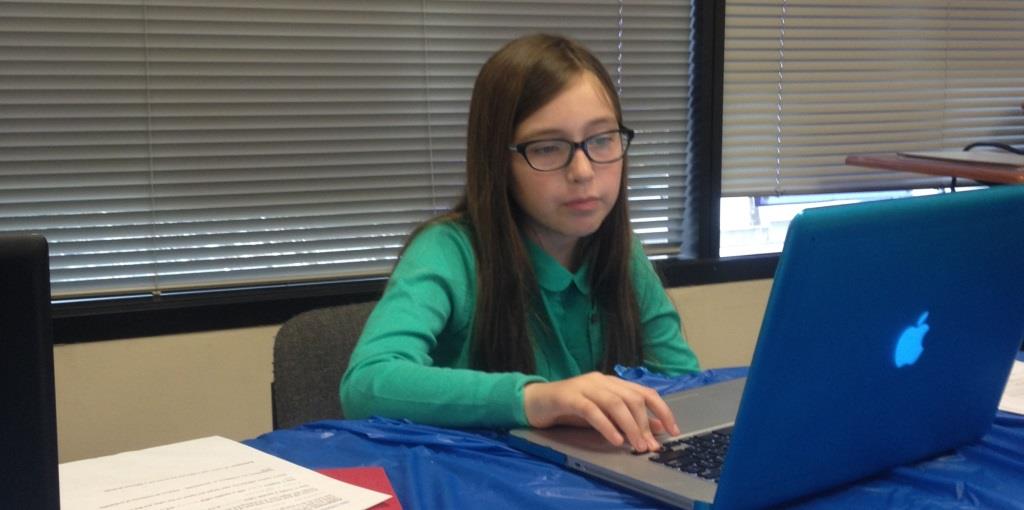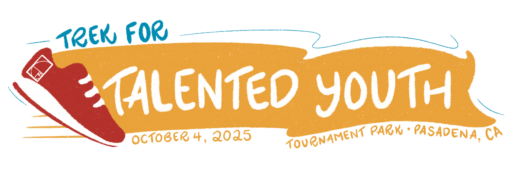By Mark Erlandson
Mark Erlandson, the parent of a gifted student who presently attends a boarding school out East, is a former lawyer and public high school English teacher from Wisconsin starting a new business as a legal writing consultant.
While many may look at online learning as a recent innovation, the roots of distance learning in the U.S. run deep. As early as the 1800s, clergymen studied by way of correspondence and home study programs, especially for women, flourished. By the early 20th century, educational institutions from colleges to elementary schools offered correspondence classes. Each new technological advancement, including radio and television, was used as a medium for more distance learning. Today computers and the Internet provide the foundation for a new generation of distance learners. The needs of gifted learners at the elementary and secondary levels make the opportunities offered by distance learning particularly suitable.[1]
The National Center for Education Statistics recently estimated that the number of K-12 public school students enrolling in a technology-based distance learning course grew by 65 percent in the two years from 2002-03 to 2004-05. A 2009 survey estimated that more than a million K– 12 students took online courses in school year 2007–08. A panoply of online learning opportunities is available. They range from courses taken only for enrichment or preparation for future classes to accelerated or honors classes that provide students the chance to earn high-school credits from the students’ local schools. More recently “virtual schools” have proliferated, e.g., Stanford University Online High School. These schools grant degrees and diplomas. (The U.S. Department of Education has an online guide, Connecting Students to Advanced Courses Online: Innovations in Education, which offers case studies of a variety of online learning opportunities in Part III. In addition to the opportunities found through IEA’s Gifted Resource Center, Hoagies’ Gifted Education Page has an extensive list of distance learning programs, as does the Davidson Institute for Talent Development webpage.)
Several university-based gifted student programs offer distance learning opportunities for elementary and secondary students, the most prominent being The Center for Talented Youth (CTY) at Johns Hopkins University (pre-K – 12), the Talent Identification Program (TIP) at Duke University (grades 8 – 12), the Center for Talented Development (CTD) at Northwestern University (grades 4 – 12), Stanford Online High School (OHS) (grades 7-university level) and GiftedandTalented.com (K – 12). Courses range from the standard – e.g., Anatomy & Physiology (with a virtual laboratory and experiments), Economics, foreign languages, and AP© courses – to more exotic offerings like The Wonders of Ancient Egypt and Making Moby Dick.
There are also state programs. The Wisconsin Center for Academically Talented Youth (WCATY) Academy, for example, offers an integrated curriculum for gifted students in grades 5 – 8 that blends online learning with face-to-face meetings (approximately three times a quarter). The classes are intended to replace a quarter of language arts, history, science, or math curriculum for students in over 75 school districts throughout the state. In 2011, the Academy served almost 1,600 students.
The delivery and instructional methods of online learning are similarly diverse. Originally, most of these courses were self-paced and basically an independent study class. With the advent of more and more technological advances, contact between teacher and students and between students themselves has increased. Hybrid models of instruction now include virtual class meetings, discussion forums, live text-chatting, real time face-to-face meetings, and interactive white board instruction, among other methods.
There are several advantages to distance learning. Perhaps the most important for the gifted student is the ability to choose from myriad advanced courses not available at the students’ own schools or via home-schooling. These needs are particularly acute in the rural and low-income schools where problems range from a lack of resources (everything from teacher training to textbooks) to a lack of a critical mass of gifted students that would make in-school accelerated classes economically feasible. And that is another benefit. A key challenge to keeping gifted learners engaged and growing is exposing them to peers who are just as advanced. Those distance learning classes that require student interaction allow students to do just that.
Another advantage would be more personalized learning. While the variety of courses allow the students to craft a curriculum closer to their interests, the hybrid models of distance learning allow for more one-on-one attention from the course instructor, according to a 2009 survey by Education Week. Because of its more independent nature, distance learning also allows students to move faster through the curriculum and at their own pace.
In addition, 21st-century skills are enhanced through distance learning. These enhanced skills would include self-directed learning, problem-solving skills, information and communications technology literacy, and time-management and personal responsibility. For this reason, among others, the state of Michigan now requires that every high school student complete an online course before graduation.
Several studies have found that gifted students have been successful at distance learning and satisfied with the experience. A U.S. Department of Education meta-analysis of the available research concluded that “[o]n average, students in online learning conditions performed better than those receiving face-to-face instruction.” Some positive effects that they found included enhanced independent study skills as well as increases in students’ problem-solving abilities, collaborative learning skills, and higher-order thinking skills.
That same U.S. Department of Education meta-analysis also concluded that caution should be used in extrapolating its findings to the K – 12 population. Even less attention has been devoted to studying younger, i.e., pre-secondary, students. Subsequent to that meta-analysis, one major study looked only at students enrolled in the Johns Hopkins University CTY distance education program from July 2005 – March 2007. One major difference was that younger students took courses because of an interest in the content of the course rather than to obtain credit or placement. Another major difference was the emphasis students placed on the relationship with their instructor, suggesting the critical importance of instructor-led courses for these students.
Not all gifted students will achieve in a distance-learning format. To begin, students need to be self-disciplined and experienced with working independently. Perhaps critically, students need to be willing to ask for help since teachers do not have the advantage of non-verbal clues to pick up on student confusion. Of course, strong study and computer skills are also a necessity. Finally, the physical presence of an adult and the support of a parent are also necessary for distance learning to be effective.
A major drawback to distance learning is often isolation and its effect on social skills. Nonverbal communication is extremely limited in this setting where a greater emphasis is given to writing, technological skills, and independent learning. However, the trend is clearly towards more active involvement in these courses as the technology evolves.
Those students who reported being dissatisfied with distance learning often cited a lack of interaction with teachers. Another common concern voiced was the lack of traditional textbooks and written course materials as many courses rely only on computer technologies. Therefore students need to assess their own learning styles and then choose courses wisely.
[1] The terms “distance learning” and “online learning will be used interchangeably throughout the body of this blog. “Digital learning,” which is not used herein, is quickly replacing both of these terms.
Like this post? Sign up for our email newsletter to receive more information and resources about gifted youth straight to your inbox.
Have your gifted children participated in any online classes? Share their experiences in the comment section below.




